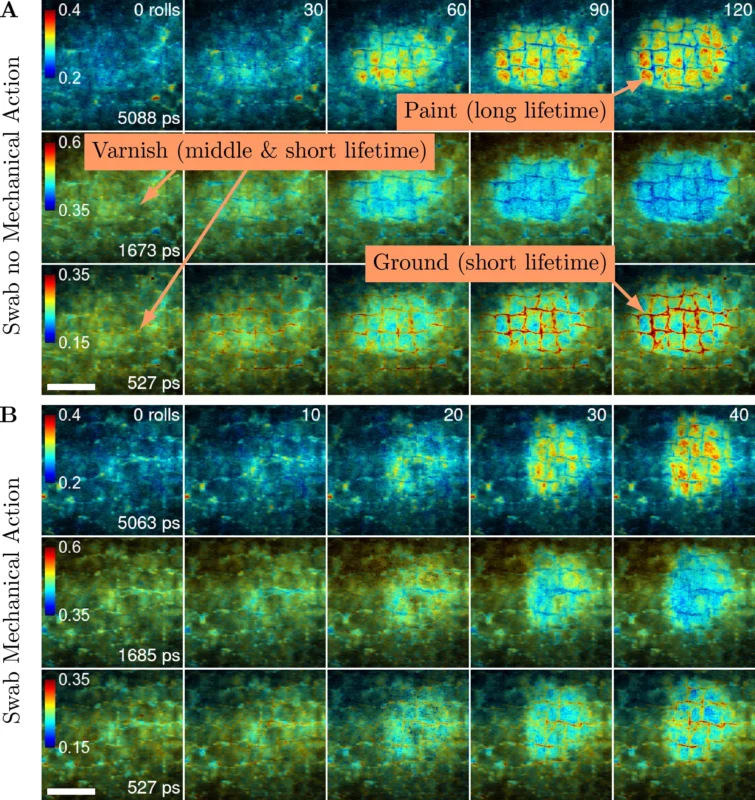A New Super-Sensitive Camera Could Revolutionize Art Conservation
![]()
A team of scientists has developed a new super-sensitive camera that uses a novel imaging technology and is poised to allow art conservationists to work with significantly more accuracy than before.
Published in Heritage Science, the King’s College in London explains how some of its researchers are using cluorescence to remove much of the guesswork from painting conservation.
A team led by Professor Klaus Suhling and Dr. Jakub Nedbal from the Department of Physics at King’s College developed a highly sensitive camera and associated software that can reveal remnant of old varnisn on a mainting, allowing the ressidue to be removed with a higher degree of accuracy than before and is being positioned as a way to more precisely approach painting conservation.
The use of the word conservation is important here, as many scientists who are working to maintain works of art for the future don’t consider what they do restoration: that term is negatively connoted with aggressive, often destructive, approaches to artwork.
Restoration denotes a process by which a damaged or decayed piece of art is “restored” to its previous, undamaged appearance (often an extremely subjective process) while conservation is the term used to describe preventing that damage from taking place to begin with.
Conservationists have historically remvoed varnish from paintings in a painstaking process that involved shining a ultraviolet lamp on the surface of a painting and removing it by eye. It was a method that is extremely reliant on the skill of the conservator and, as King’s College explains, prone to inaccuracy.

The new camera system removes any guesswork by using an imaging technology called macroscopic fluorescence lifetime imaging (FLIM), which before this point had never been used for art conservation. It has been used in the medical field to study and track cancer cells, and has been previously studied for use in detecting brain tumors
But this application allows it to pick up the difference in how centuries-old varnish appears next to the paint and canvas. When conservationists can see exactly what is varnish, they can more accurately remove it without causing damage to the actual painting.

“The conservation of paintings is vital to protect our cultural heritage for generations to come. Most paintings created before the late 19th Century have been varnished many times, making them appear dull or yellowed as the varnish degrades,” Professor Suhling says.
“To make the image visible again, it may be necessary to remove that varnish — but it can be a big challenge to differentiate this from the underlying paint and other components within the painting.”
Using the 25-megapixel camera system. Suhling says his team’s method is an entirely new approach.
“The camera has a stopwatch in every pixel that tells you when the light from a surface enters it. We can shine a blue light against a painting, and then use the camera to time how long it takes the act of varnish fluorescing to enter these light-sensitive pixels against other components in the painting. By comparing the fluorescence of the varnish to these other components, we can chart where varnish sits with a level of accuracy never previously achieved.”
The full research paper explaining the use of the new camera can be read on Heritage Science.
Image credits: Header photo licensed via Depositphotos. All others via “Visualising varnish removal for conservation of paintings by fluorescence lifetime imaging (FLIM).”